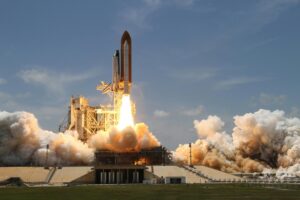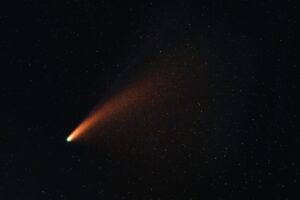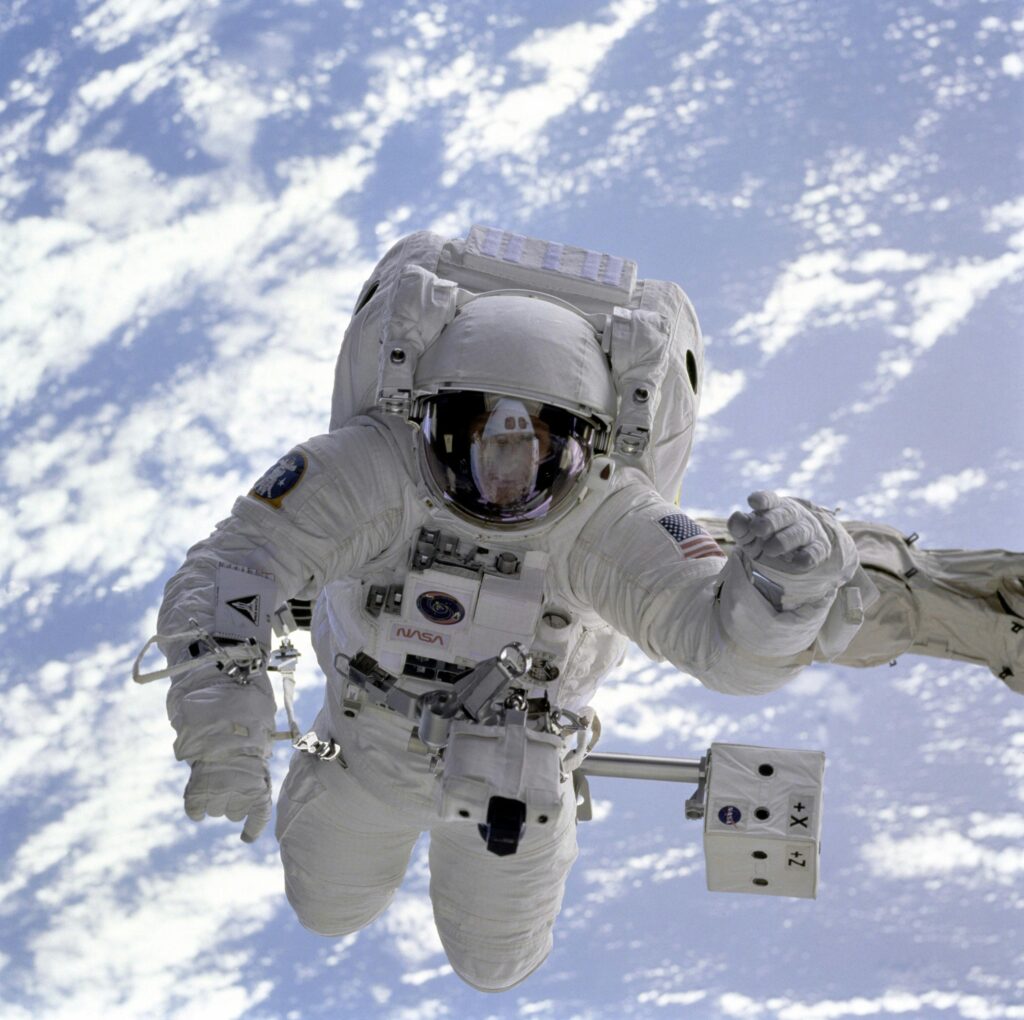Space travel has fascinated human beings for centuries and has provided us with unparalleled information regarding the universe and our position in it. Space travel has transformed science, technology, and humanity’s understanding from the first moon landing to the search for life elsewhere. Space research has accelerated in recent decades with new discoveries into the secrets of the universe.
History
Space exploration began with astronomers looking at celestial objects using rudimentary telescopes. Modern space exploration began on October 4, 1957, when the Soviet Union built the first artificial Earth satellite Sputnik 1 and began the Space Race between the Soviet Union and the United States.

One of the most famous achievements in space travel occurred on July 20, 1969, when NASA’s Apollo 11 mission placed astronauts Neil Armstrong and Buzz Aldrin on the Moon. Armstrong’s famous words,
“That’s one small step for man, one giant leap for mankind,” were the testament of human capabilities to reach beyond the planet Earth.
Space exploration has moved from the Moon to Mars, Venus, and the outer planets on robot missions since then. The initial launch of the International Space Station (ISS) in 1998 established a human presence in space permanently, enabling continuous scientific experimentation in microgravity.
Key Discoveries and Highlights in Space Exploration Mars Exploration
NASA’s 2021 Perseverance rover searching for signs of past life on Mars is collecting samples for potential return missions in the future. Mars’ water ice is evidence of microbial life that has potentially lived.
Black Holes and Dark Matter – The Event Horizon Telescope in 2019 took the first-ever image of a black hole, confirming Einstein’s theory of relativity. Space exploration also demonstrates that 85% of the universe is dark matter, an invisible and as yet not fully explained material.
Exoplanets and the Quest for Life – Over 5,000 exoplanets have been identified, some of which are located in the habitable zone—where life might be possible.
Hubble and James Webb Space Telescopes – The Hubble Space Telescope, which was launched in 1990, provided us with beautiful pictures of the universe, and the James Webb Space Telescope (JWST), which was launched in 2021, is providing us with pictures of galaxies far, far away that we’ve never seen before and allowing scientists to determine how the universe came to be.
Future

Moon Colonization
NASA’s Artemis mission is set to take humans back to the Moon by 2025 with a permanent Lunar base in the pipeline.
Manned Mars Missions – NASA and SpaceX are soon going to be sending astronauts to Mars in the 2030s and laying the foundation for interplanetary travel.
Space Tourism – Blue Origin, SpaceX, and Virgin Galactic are bringing space travel within reach of common people.

Conclusion
Space exploration also widens the horizon of human life, inspiring innovations that get applied in the fields of science, medicine, and technology. With space exploration, we are moving closer to the solutions to the universal questions about our existence and possibilities of existence beyond the planet Earth. Space exploration in the future offers endless possibilities with new frontiers and history-making milestones for future generations.



